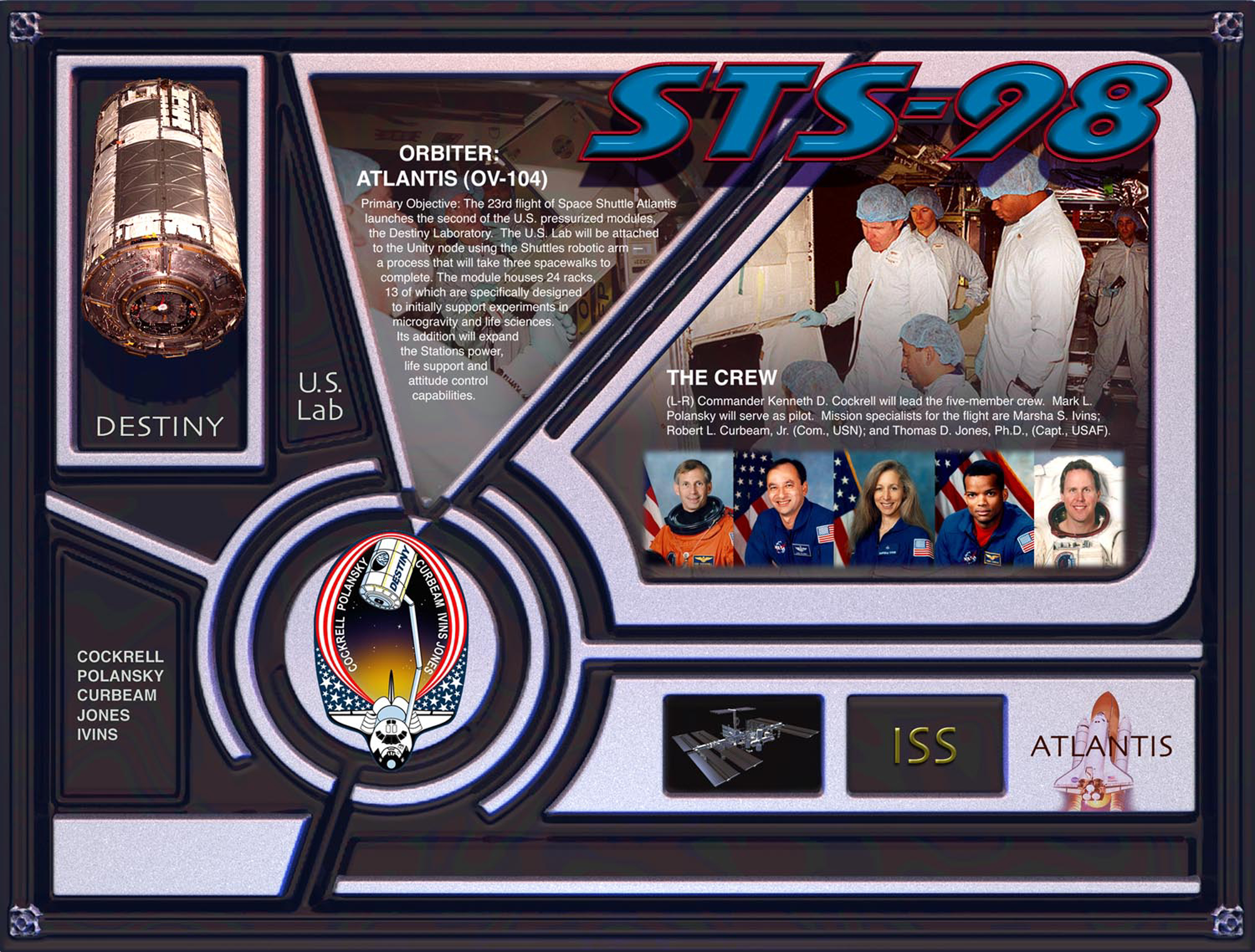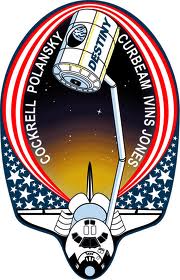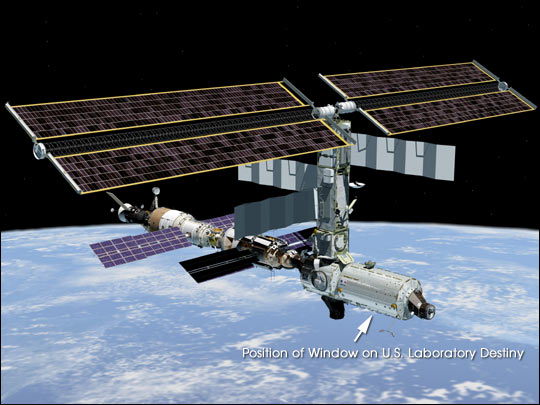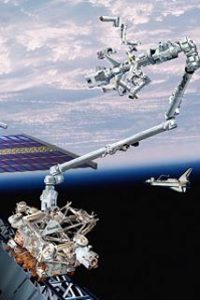STS-98 Delivers Destiny

https://www.youtube.com/watch?v=xwFLmD673N4

Destiny is one of the major laboratories on the International Space Station and mostly houses experiments operated by the United States. STS-98 launched with Destiny on board on February 7, 2001. The next day, the garbage-filled Progress-M1 4 undocked and burned up in Earth’s atmosphere. Atlantis docked with the International Space Station on February 9.
For the first step in attaching Destiny, Mission Specialist Marsha Ivins used the Atlantis’s Remote Manipulation System (RMS) to remove one of the Pressurized Mating Adapters, PMA-2, from Unity and stow it on an attachment on the the Z-1 truss structure. After retrieving some cables that had accidentally been transferred to the International Space Station with some cargo the Atlantis had brought up, the two spacewalkers, Robert Curbeam and Thomas Jones started the EVA that would be the highlight of the mission. Curbeam disconnected power cables and cooling umbilicals that had attached Destiny to Atlantis and provided essentials to the new module on the way up. Ivins used the RMS to lift Destiny out of the shuttle’s bay and attached it to Unity. Curbeam and Jones attached cables that would make it a fully functional part of the station. Exposure to an ammonia leak forced the spacewalkers to extend their EVA to decontaminate their spacesuits and equipment.
At the time of Destiny’s installation, it had only three of the maximum 24 equipment racks. The plan was to bring up more racks on future shuttle missions. When it was fully pressurized and operational, it brought the International Space Station up to a pressurized volume that set a new record for space stations. The station and shuttle crews worked together to activate the new module and, on February 12, Ivins operated the RMS to retrieve PMA-2. Curbeam and Jones made a second spacewalk and provided Ivins with verbal cues so she could attach PMA-2 to its new home on Destiny. This would allow future shuttle missions to dock directly with Destiny. During the spacewalk, a Power and Data Grapple Fixture, a video signal converter unit for Canada’s Space Station Remote Manipulator System, some thermal covers, a new vent, and some EVA rails were added to Destiny. With some time to spare, the spacewalkers got a head start on activities planned for EVA-3, including connecting cables between Destiny and PMA-2, uncovering a high-fidelity porthole and installing an external shutter.
During the third spacewalk, Atlantis marked NASA’s 100th EVA with a plaque dedicated to all American spacewalkers and designers of all of America’s generations of EVA suits. The spacewalkers installed a spare communications antenna, checked the electrical cables between PMA-2 and Destiny, released a radiator to be activated on a future mission, and inspected the P-6 photovoltaic arrays. They also tested a method for helping a spacewalker in trouble. Once the spacewalk was over, the shuttle boosted the International Space Station’s orbit to compensate for the thin atmosphere’s drag.
For the rest of that day and the next, the two crews focused on transferring cargo from Atlantis to the space station. Atlantis was loaded with trash and items that were no longer needed. Houston rebooted a Control Moment Gyroscope that had been shut down by its controlling computer and ran it through some tests to make sure it was still capable of helping maintain the station’s attitude. On Day 9, they were winding down and participated in a 40-minute joint news conference. On Day 10, Atlantis undocked from the International Space Station. Trouble with weather delayed landing by a day. On February 20th, Atlantis landed at Edwards Air Force Base.

More Delays
With the successful STS-98 mission, the second stage of International Space Station was completed. The arrival of Progress-M 44 meant a complicated dance in which the ISS crew had to relocate the Soyuz they had arrived in to another port. After powering down the space station’s systems in case they couldn’t redock and had to return to Earth, Shepherd temporarily passed command over to Gidzenko, the Soyuz Commander. On February 24, 2001, they undocked from Zvezda’s wake port, retreated by 100 meters, and flew around to Zarya’s nadir port. With the successful redocking, Shepherd resumed command. The crew powered up basic systems and then took an extended sleep period. The only hitch was a failure in the Floating Potential Probe, which failed to downlink data when it was reactivated. Progress-M 44 launched, rendezvoused and docked on February 28 with no incident, delivering propellant, water and personal items for the crew, and supplies and equipment for Zvezda.
Stage 3 had gotten badly behind schedule. The U.S. Habitation Module was late and over budget and NASA was eventually forced to halt work on this module along with canceling an X-38 and Propulsion Module. The Russian Docking Compartment was also behind schedule due to technical and budgeting problems. When the Docking Compartment was delivered, the propulsion unit meant to deliver it wasn’t ready. The Russians had not yet begun construction on the Universal Docking Module and work on a Science Power Platform had slowed to a crawl. That had the effect of messing up NASA’s launch schedule. To compensate for the cost overruns, NASA requested additional funding for Fiscal Year 2002.
Landing of STS-98
The Atlantis landing, as seen through the Shuttle’s front window.
Space Shuttle Collectibles on eBay
[simple-rss feed=”http://rest.ebay.com/epn/v1/find/item.rss?keyword=Space+Shuttle+STS-98&categoryId1=1&sortOrder=BestMatch&programid=1&campaignid=5337337555&toolid=10039&listingType1=All&lgeo=1&feedType=rss” limit=5]








